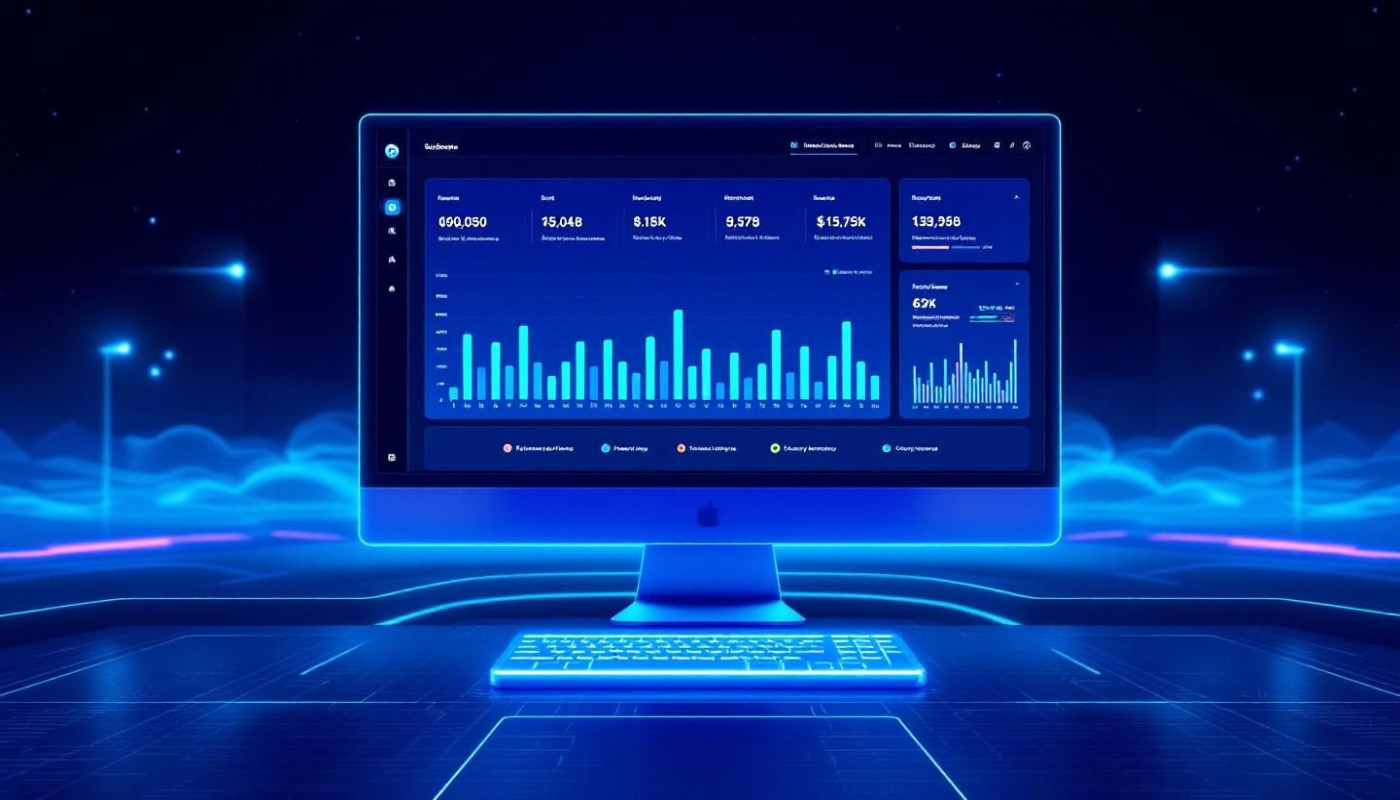Table of contents
In the digital age, where instant communication reigns supreme, chatbots have become an integral part of customer engagement strategies. Crafting a chatbot might seem like a daunting task, especially for those without a background in coding. Yet, the reality is pleasantly surprising; building a chatbot can be a swift and straightforward endeavor, requiring no programming expertise. This text aims to demystify the process and guide readers through the effortless steps of creating a fully functional chatbot in minutes. Discover a world where efficiency meets simplicity, and embark on the journey of chatbot creation that promises to revolutionize your interaction landscape.
Understanding the Basics of Chatbots
At the core of modern customer interaction lies the chatbot, a form of automated messaging system that has revolutionized the way businesses engage with users. A chatbot can be thought of as a virtual assistant, programmed to simulate conversations with human users, offering customer support and valuable information around the clock. These sophisticated tools are designed to automate interaction, streamlining communication processes that were once entirely manual. They are powered by AI-driven communication protocols, with some utilizing advanced technologies like Natural Language Processing (NLP). NLP allows chatbots to understand and interpret human language, enabling them to respond in a way that is both relevant and contextually appropriate. As such, chatbots have become an indispensable asset in providing immediate, efficient service to users seeking assistance or data, enhancing overall user experience.
Choosing the Right Platform for Your Chatbot
When embarking on the journey of creating a chatbot, selecting the appropriate platform is pivotal. A multitude of platforms exist catering to no-code development, which allows individuals without technical expertise to design and deploy chatbots with ease. These platforms typically offer a Graphical User Interface (GUI) that simplifies the process, enabling users to construct their chatbot through a visual editor. The features of these platforms can vary widely. Some are designed with an emphasis on user interface, ensuring that the chatbot provides a seamless and engaging experience for the end-user. Others prioritize integration capabilities, making it straightforward to connect the chatbot with various messaging channels, CRMs, or databases. Customization options are also vital to consider as they determine the degree to which the chatbot can be tailored to match specific business needs and personality. It's instrumental to weigh these characteristics against the intended application of the chatbot, be it customer service, e-commerce, or informational purposes, to guarantee that the chosen chatbot platform aligns with your objectives.
Designing Your Chatbot's Conversational Flow
When embarking on the journey of creating a chatbot, one pivotal aspect is the conversational design. This is where you decide how your chatbot will interact with users. To ensure a seamless user experience, it's imperative to craft responses that feel natural and promote engagement. This begins with a clear understanding of user intents; what your users are likely to ask and what they expect from the chatbot. From here, one must develop a repository of chatbot responses that not only answer questions but do so in a way that feels personable and relevant.
At the heart of this design process is Decision Tree Logic, which helps to map out the paths a conversation could take. Think of it as a flowchart that connects user queries to the most appropriate response from the bot. To enhance interaction, engagement strategies should be integrated, ensuring that your chatbot provides not only information but also a conversational experience that users find enjoyable and helpful. By prioritizing these elements, you solidify the foundation of your chatbot's design, making it ready for users to interact with.
If you're interested in seeing how these conversational capabilities come to life in a chatbot, feel free to explore the next page where innovative solutions await to transform your customer interactions.
Testing and Iterating Your Chatbot
Before releasing your chatbot into the digital wild, it's paramount to engage in comprehensive chatbot testing to ensure its functionality aligns with your objectives. Initiating with basic scenarios, you should guide the chatbot through a variety of conversations to evaluate its performance. Iterative refinement is a key strategy in this process, where you use user feedback to fine-tune the chatbot's responses, improving both bot accuracy and efficiency improvement. A technique such as A/B Testing can be particularly advantageous, as it allows you to compare different versions of chatbot interactions and determine which yields the best outcomes. By embracing a cycle of testing, receiving user feedback, and making adjustments, your chatbot is more likely to meet the needs of your audience and provide a valuable user experience.
Launching and Monitoring Your Chatbot
Once your chatbot design is finalized, the next phase is chatbot deployment, where you bring your virtual assistant to life. This step involves integrating the chatbot with your chosen platform, whether it's a website, social media channel, or messaging application. After it goes live, performance monitoring becomes a significant ongoing task. Leveraging analytics tools, you can track conversations, user interactions, and satisfaction levels to gain insights into your chatbot's effectiveness. Ongoing maintenance is imperative to refine responses, fix any emerging issues, and adapt to user feedback. This attention to detail ensures that user satisfaction remains high and service optimization is continuous. By diligently managing these aspects, you help your chatbot evolve into a more intelligent and capable tool for your audience.
Similar articles










